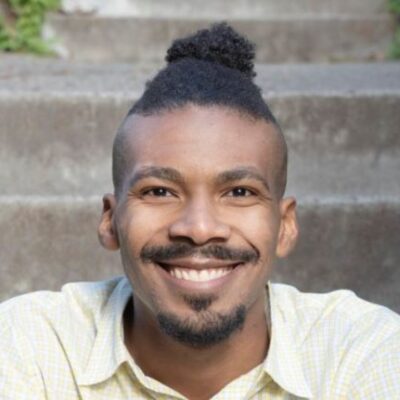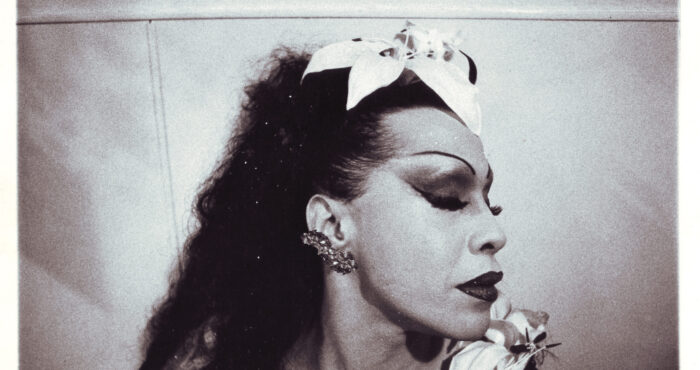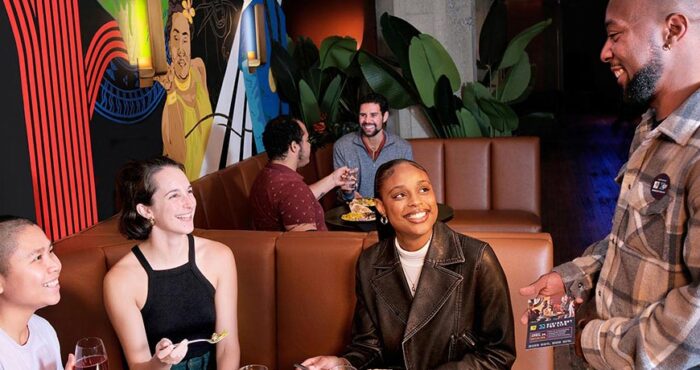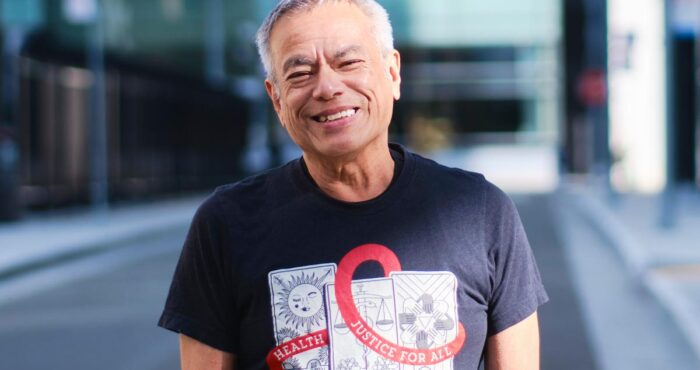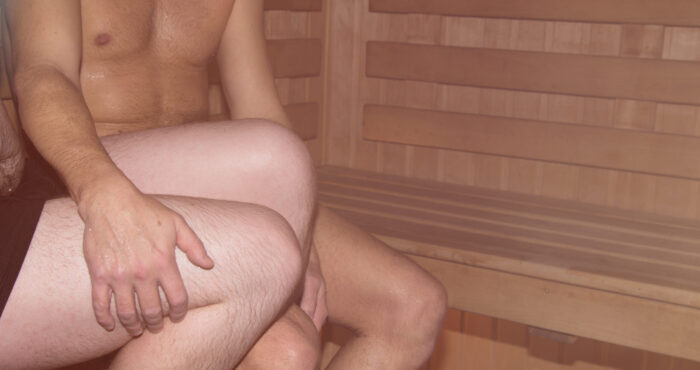Pose captures true AIDS history

A captivating TV series can make you feel many emotions — anger, sadness, grief, and laugh-out-loud joy. That’s Pose.
Each episode begins with the infamous provenance “the category is–”. Following these words, the lights hone in on the current ballroom act, who’s always strutting in glorious attire. It’s upbeat at first, but surviving the AIDS epidemic remains present in the backdrop of the protagonist’s lives. So, it’s the throughline of honest and authentic stories rooted in history that truly takes the center stage.
Pose not only tells queer history during an incredibly challenging period in modern times, but it tells queer history from a Black and Brown perspective. In other media, much of queer history, if taught at all, is often sanitized and whitewashed. But these stories are essential to grasping modern LGBTQ movements and where we’ve come to today.
Millenials such as myself weren’t alive to eyewitness the AIDS epidemic, and we may never fully understand the struggles of our ancestors. Many of us rely on media to get a glimpse of what life was like in places hit hard by HIV and AIDS, like New York City. Which makes media like Pose, accurate in their depictions of life during the epidemic, all the more compelling and meaningful.
We’re lucky that the advent of the personal camcorder made capturing these moments in history so much easier–and likely easier for shows like Pose to re-create faithfully.
For instance, you can compare the Pose “die-in” in Season 2’s premiere with actual protest images. The resemblances are shocking.
On December 10, 1989, more than 4,500 individuals held a “die-in” at St. Patrick’s Cathedral, interrupting John O’Connor’s Sunday mass service, in one of the largest demonstrations against the Roman Catholic Church.
Why? The Roman Catholic Archdiocese of New York’s Cardinal John O’Connor took a stance against condom distribution and AIDS education. ACT UP, or the AIDS Coalition to Unleash Power, initiated planning of a massive protest at St. Patrick’s Cathedral. Later, Women’s Health Action and Mobilization (WHAM!), joined the coalition, because they also were opposed to the Church’s stance on abortion rights.
“In the ’80s, the Church had projected so much morality onto a virus,” Pose writer Our Lady J explained in an interview. “I think some of that was based in prevention because it was sexually transmitted disease for the most part…. But also people used it to discriminate against people and to further deepen the racism, transphobia, and homophobia that had already been so ingrained into American culture.”
By 1990, over 100,000 individuals had died from AIDS, mostly from gay men ages 25-44, with the highest death rates among Black and Hispanic men.
Unfortunately, public attention hadn’t matched the suffering that had already been felt. ACT UP’s motto was “Silence = Death,” and they employed aggressive strategies to be heard. In Season 3’s finale, protestors led by actor Billy Porter reenacted how ACT UP invited people to scatter the ashes of their deceased loved ones. In reality, ACT UP held two Ashes Actions in October 1992 and October 1996.
Pose captured the reality of death, which loomed over many of the character’s lives as it did for so many in the queer community during the height of the AIDS epidemic. I learned something new when I saw in Season 3’s finale during one of the demonstrations a sign that said women die faster than men from AIDS.
The series also introduced us to New York Mortuary Service, and a real-life funeral director who was heralded by the New York Times as being an “unsung hero” for handling AIDS cases when other funeral directors refused.
Even if a funeral director who wasn’t afraid of helping a client who died from AIDS could be secured, many other opportunities for missteps in the homegoing process remained. The wording of the obituary, a seating plan, access to health records and private information, and the dispositions of assets were among the potential challenges. Sometimes one’s chosen, queer community may be meeting their loved one’s blood family for the first time as we saw in Season 2, Episode 4.
The series certainly doesn’t pussyfoot around the gravity of the topic. Season 2’s premiere immediately propels us into the tragedy by placing viewers in a mass grave. That’s New York’s remote Hart Island, which is where so many were laid to rest.
Early on, the medical community (and by default, the public) hadn’t fully agreed on how the virus was spread, and it was believed that a separate burial place was needed for those who had succumbed to the virus. It was only in 2019 that the New York City Council passed legislation to create a public park on the island, making it more accessible to everyone, particularly the families of those buried there.
Perhaps it’s the actor’s first-hand experiences which also makes Pose so incredible. Billy Porter, who recently revealed that he is living with HIV, once said, “I feel like our writers understand how important their position is, as artists, as creators, and as people who get to tell stories. In this medium, you have a responsibility to entertain and to educate.”
Not only is the series educational, but producer Ryan Murphy is taking his participation a step further and has pledged his profits from Pose to organizations that directly serve trans and gender non-conforming people (including the Audre Lorde Project, House Lives Matter, and the Sylvia Rivera Law Project). This acknowledges that while we have come a long way, still HIV/AIDS remains a challenge for our most marginalized and minority communities.
Our queer history is rich, and Pose reminds us of where we came from, and also challenges us to continue building a more just society.






